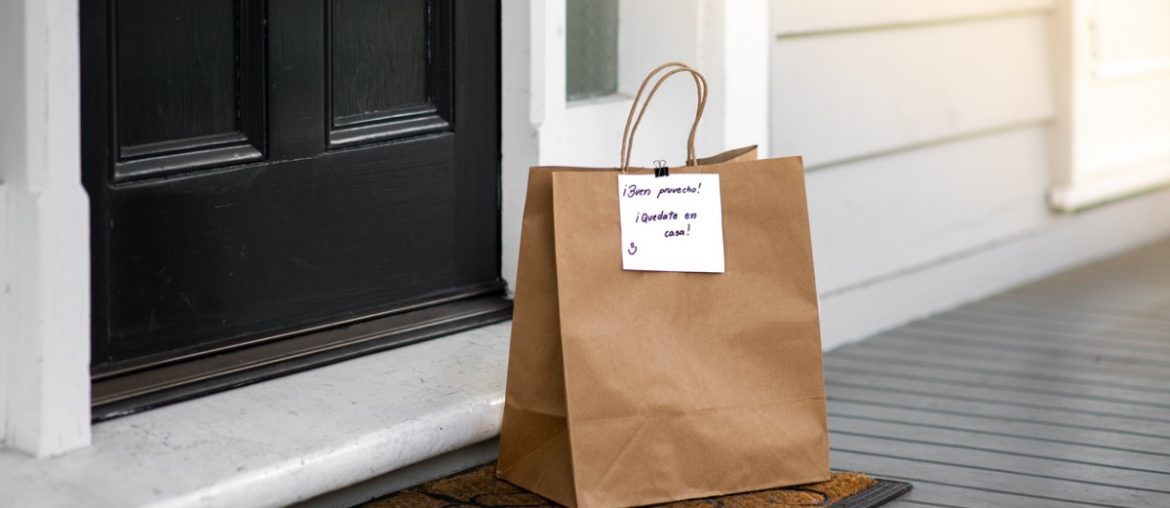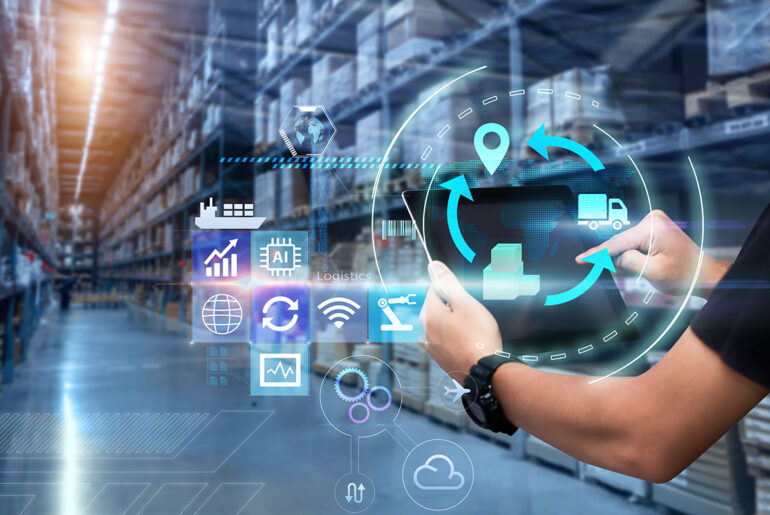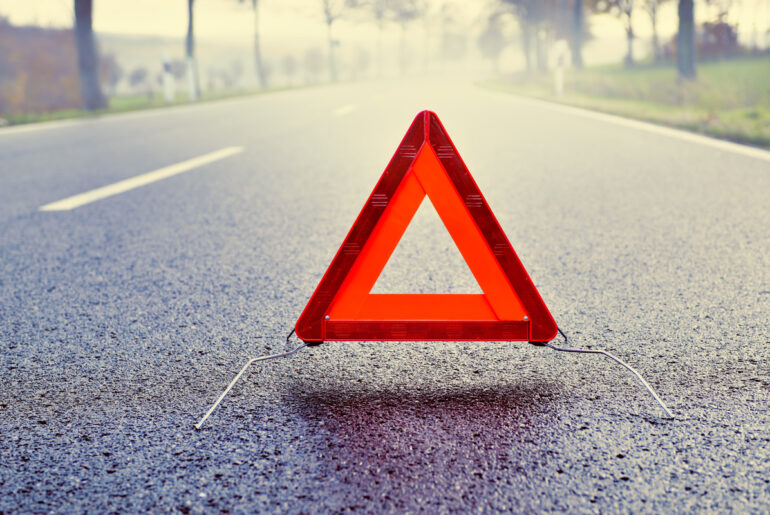There’s little doubt the pandemic reshaped the way people interact with each other. The restaurant and retail sectors were profoundly impacted by social distancing. Given that in-person dining and shopping experiences require being around others, public health and safety measures severely restricted businesses’ operations.
Enter the rise of no contact delivery service, which means there is an absence of face-to-face interaction between the driver and customer. However, answering the question of what no contact delivery means is more complex for businesses. It often entails the use of technology and a range of options clients can choose from.
That said, no contact delivery doesn’t seem to be going anywhere. Even as the pandemic wanes, customers continue to enjoy the benefits no contact delivery options offer. Let’s explore what no contact delivery means and how companies are implementing it.
- No Contact Delivery Meaning
- What Are Some of the Benefits of No Contact Delivery?
- What Are the Risks of No Contact Delivery Options?
- Letting Customers Choose
- What Companies Are Using No Contact Delivery?
- How Popular is No Contact Delivery?
- What Are the Best Items for No Contact Delivery?
- What Does a Business Need to Pay Attention To?
- Final Thoughts
No Contact Delivery Meaning
So, what does no contact delivery mean? In simple terms, it is when a company delivers goods to a client without any in-person interaction. Examples include:
- A pizza delivery person places an order near a person’s front door and sends a text to confirm the order is there.
- Picking up groceries curbside and having a store rep load the individual’s trunk without physical contact.
- Drone or automated vehicle delivery of food to the home.
- A customer picks up a food or product order at a locker or hotspot without interacting with store staff.
Anything involving a customer receiving goods without direct interaction with delivery or store staff falls under the umbrella of no contact delivery.
What Are Some of the Benefits of No Contact Delivery?
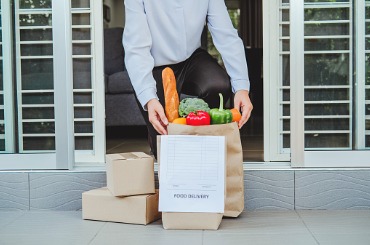
From a business perspective, offering no contact delivery options allows you to reach customers hesitant to interact with store personnel. Although vaccines have reduced the potential health implications of contracting COVID-19, some still prefer no contact delivery options.
This may be due to being immunocompromised or living with others who are. In addition, some customers prefer to simply receive their orders. They don’t necessarily want to spend time engaging in small talk with your employees. Some clients also don’t feel comfortable opening up the door of their homes with strangers present.
By offering no contact delivery, your business removes some of the barriers that prevent customers from ordering from you. Plus, it helps protect your employees from potential confrontations and illness. And some no contact delivery options free up the time of your staff.
So they can boost their productivity and serve more customers.
What Are the Risks of No Contact Delivery Options?
We all know that mistakes happen, especially when it involves deliveries. Drivers get the address wrong or can’t find someone’s home. Traffic jams and accidents can make them run late, reducing the quality and safety of items like food. And orders can be incomplete with missing or damaged items.
When delivery is contactless, there isn’t anyone for the customer to immediately complain to. This means that they have to call your business or engage with customer service to correct the problem. Clients sometimes have to engage with technology or a chatbot to get a refund.
This leads to a poor experience for the customer. They don’t get to speak to a driver on the spot or someone who sees what the problem is. The driver can’t turn around and remedy the issue. Sometimes customers shake their heads in disbelief or disgust and just stop ordering from the business.
At times, the technology behind contactless delivery options fails to inform the customer the product is at their homes or pick-up locations. This can lead to misunderstandings, delays, and frustrations. Simply put, it’s harder to catch service errors and provide immediate recovery options.
Letting Customers Choose

While the no contact delivery process was often required during the height of the pandemic, restrictions and safety measures are now more relaxed. What this means is that customers should have the option to choose. They can select no contact delivery within an app or web browser during the ordering process.
You can also have staff ask customers for their delivery preferences over the phone. And you should train employees to check for customers’ preferences before they deliver the order. The last thing you want is an employee knocking on the window of a car when the customer asked for the pizza to be put in the trunk.
While you might laugh, this very thing does happen when staff doesn’t check all the order’s details. If customers take a follow-up survey on their delivery experience, they’re going to rate the delivery category more poorly.
At the same time, try to give your customers a variety of no-contact delivery options. Offering a wider range of options, from home drop-offs to curbside, will meet most customers’ needs.
What Companies Are Using No Contact Delivery?
Restaurants like Dominos and popular food delivery apps are still using no contact delivery management features. When you place an order for delivery, you can select no contact as your preference. The order status and delivery notifications will vary depending on the tech the business uses.
For example, Dominos uses a pizza or order tracker. You can log in and see when your order is out for delivery and where the driver is. You’ll get an email or app notification letting you know the delivery order is at your home or building. You can then verify that it’s sitting outside your front door.
Food delivery apps like GrubHub’s have something similar. But sometimes you’ll get a text from the driver stating the order is outside your door. Grocery chains like Safeway also provide notifications for curbside delivery, letting you know the order is ready for pickup.
All you have to do is park in one of the curbside parking spots. Then, let the store know you’re there. You indicate which space you’re in, and an employee will come out to bring the order to your car. Other businesses, such as Lowe’s and Target, also use this approach.
How Popular is No Contact Delivery?

No contact delivery options are expected to continue to remain prevalent as the overall delivery market grows. Statista reports that the online food delivery segment is poised for growth, with 217.3 million users by 2026. In 2021, the number of households relying on online grocery delivery also shot up to 35%.
This market of online ordering is projected to increase by 29% from 2020 to 2024, reflecting the desire for convenience and safety. It’s also easier for households to stick to their budgets when shopping for groceries online. They’re not tempted by what’s in the aisles and can stick to their lists.
Other industries that are growing include delivery subscription services like Amazon Prime and meal kits. People don’t want the hassle of having to go into a store when they can have just about anything show up on their front doors. That’s not to say in-person shopping will go away completely. But younger generations and population segments are definitely embracing delivery.
What Are the Best Items for No Contact Delivery?
Below is a list of potential businesses that can offer no contact delivery:
- Restaurants
- Grocery stores
- Alcohol and liquor stores
- Stores that sell non-perishable items, including consumer packaged goods
- Home improvement chains
- Pet stores
However, some companies that sell big-ticket items like cars are also experimenting with no contact delivery options. So, if your business doesn’t fit into one of the above categories, it doesn’t mean you can’t do it. Basically, anything that involves delivering a good or product to an end consumer is eligible. You may just need to get creative or offer secure options.
That being said, restaurant takeout and groceries are the two categories that benefit the most from no-contact delivery options. It may be because people are more concerned about the safety of these products. Consuming food is highly personal, and when food safety becomes compromised, the person’s health is affected.
What Does a Business Need to Pay Attention To?
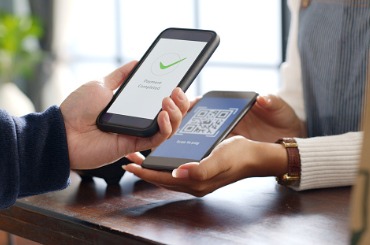
It’s one thing to think about offering no contact delivery options. It’s another to implement them. The logistics that go into the process may seem intimidating, especially if you’re not familiar with the technology. But with the help of app developers and digital vendors, your business can integrate no contact delivery options.
However, you’ll want to decide on several factors. One is how you’ll communicate with clients. The others are how you’ll provide evidence orders got delivered and service recovery options. For instance, will you automate customer notifications and which ones? Or will you have drivers manually send some of these, such as delivery confirmations?
Get Started With Last Mile Delivery Software!
Final Thoughts
We hope you have a better idea of what does no contact delivery means. But to sum it up, the no contact delivery meaning translates to a lack of in-person interaction. Clients place an order and either receive or pick it up without talking to a person.
In most cases, customers don’t see your employees and rely on electronic messages for status updates. With no contact delivery options here to stay, businesses should find ways to start or keep offering them.

